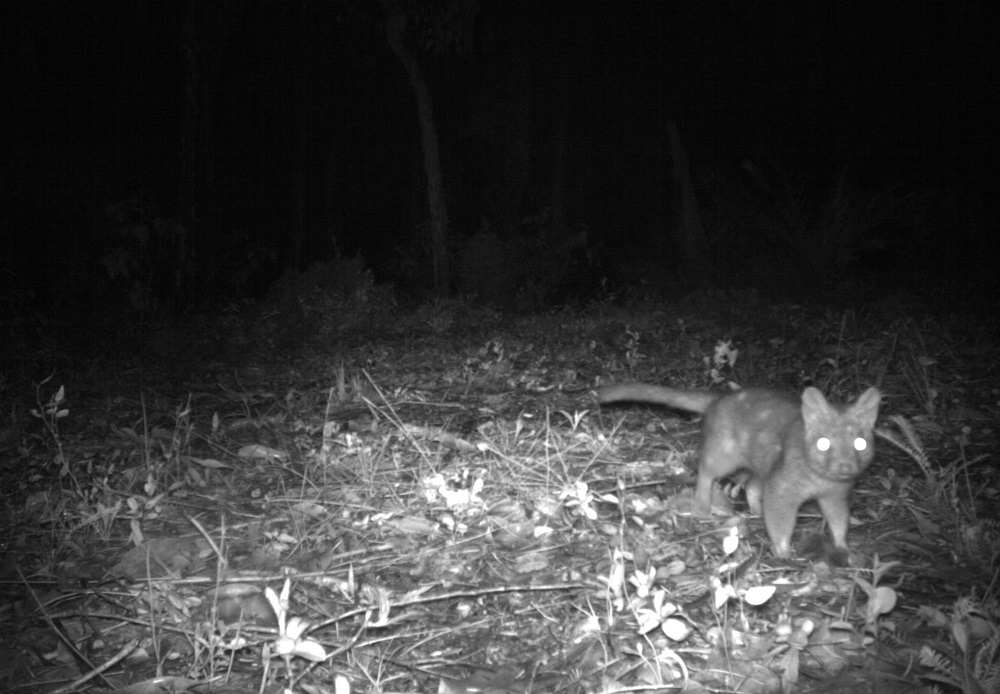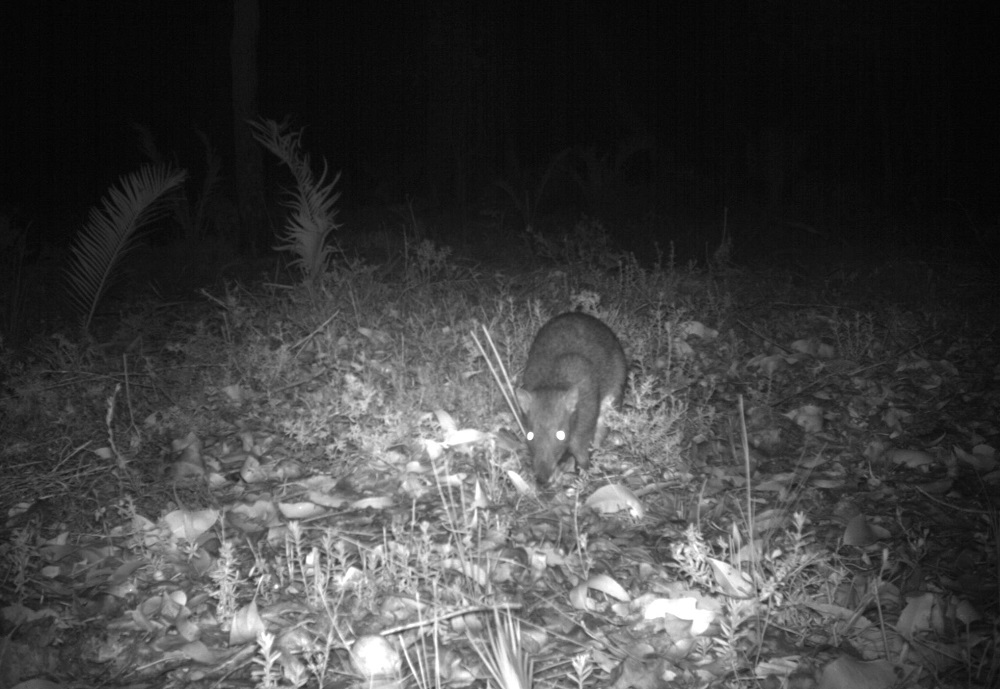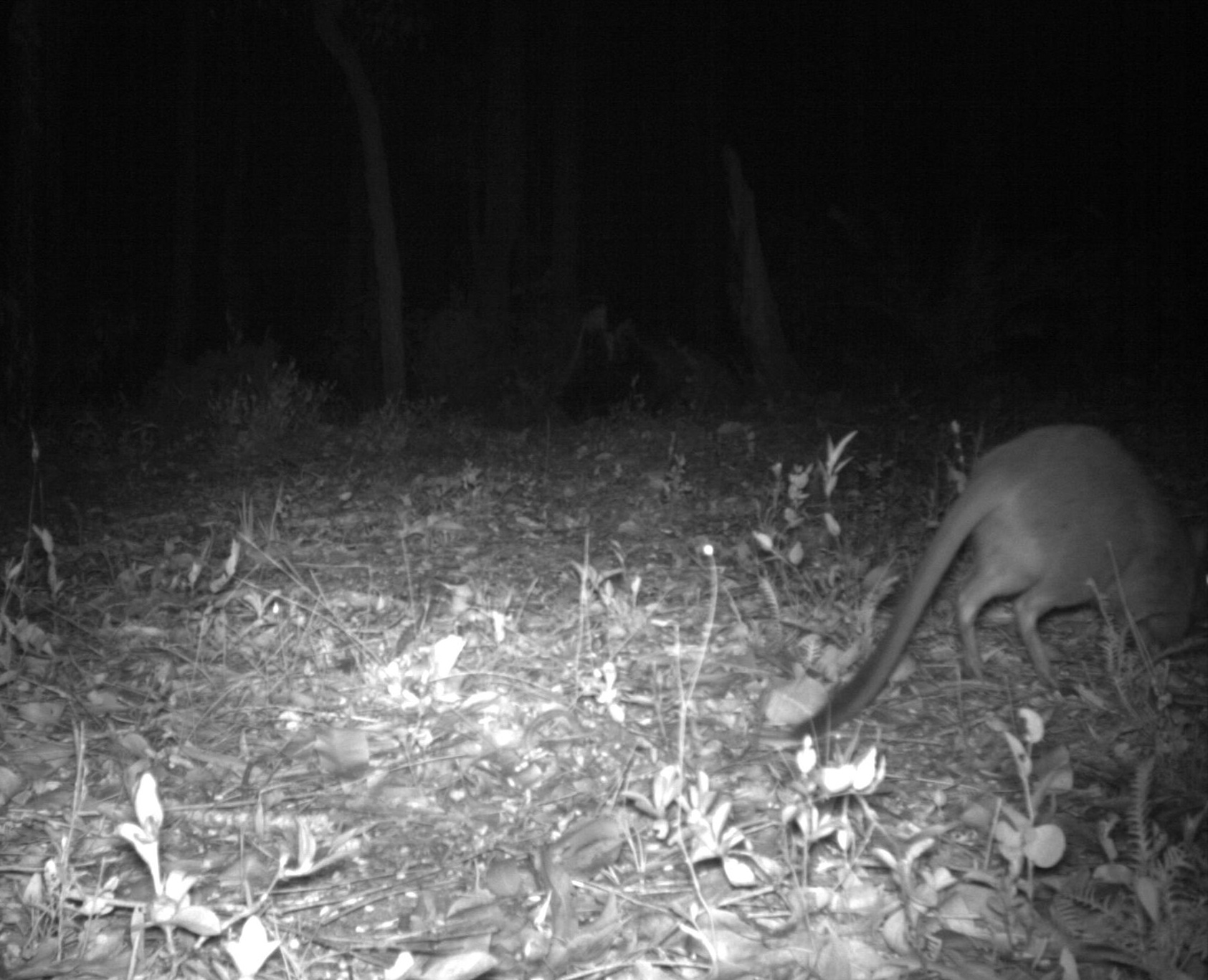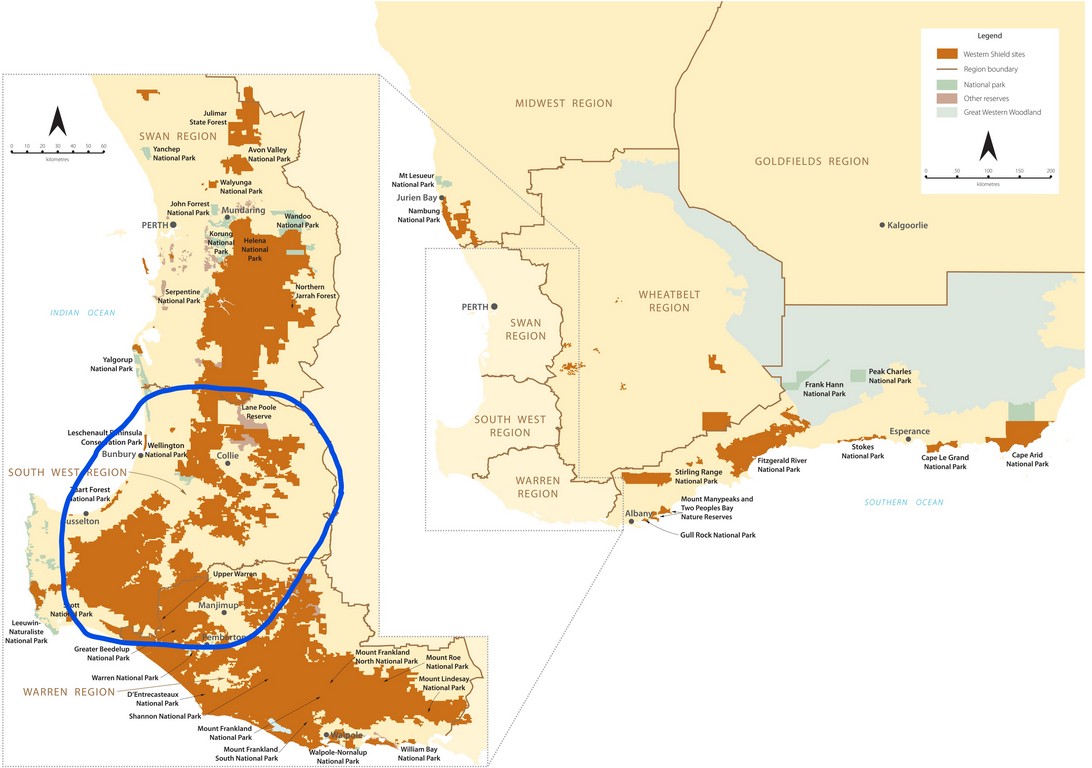Drones are proving to be an excellent way of counting native animals.
https://youtu.be/FwaT82IO5y8
Drones are proving to be an excellent way of counting native animals.
https://youtu.be/FwaT82IO5y8
Someone has to do it…
https://www.youtube.com/watch?v=UFWUlObSgn0
buffy said:
Someone has to do it…https://www.youtube.com/watch?v=UFWUlObSgn0
Heh heh……whiiiiiiirrrrrrrrr…..bzooooooarghhhhh
Hopefully the drones won’t mistake a mammal wedding for a Taliban terrorist cell and blow them up
But can they count nocturnal animals?
Another way of counting threatened mammals is to post it on citizen science.
There has been a big zooniverse project on counting animals seen in camera traps across the African plains. A new one is counting penguins. https://daily.zooniverse.org/2018/08/21/exploring-the-zooniverse-penguin-watch/
For 70 citizen science wildlife projects, about half of which involve counting threatened animals – see https://www.zooniverse.org/projects?discipline=nature – particularly the ones labelled “snapshot”.
Hold on, there seems to be even one from Australia. “Discover the night life of the Jarrah Forest of Western Australia” https://www.zooniverse.org/projects/birgus2/western-shield-camera-watch
87% complete, 36,211 animals seen so far. https://www.zooniverse.org/projects/birgus2/western-shield-camera-watch/about/research
“Western Shield is a government funded conservation project that is dedicated to managing introduced predators, primarily foxes and cats, that threaten native wildlife in Western Australia. The program has been in operation in Western Australia since 1996 and in that period the program has been largely responsible for the recovery and return of a number of Western Australia’s small to medium size mammals and birds. Species that have benefited from the program include the woylie, quenda, numbat and chuditch. However, although Western Shield has been successful in controlling foxes, foxes continue to come into our unfenced but managed areas from surrounding lands. Cats also continue to be a problem but as yet we don’t know how big this problem may be.”
Um, what’s a woylie, quenda and chuditch? Hold on., here’s an answer. https://www.zooniverse.org/projects/birgus2/western-shield-camera-watch/about/faq
Chuditch, slightly smaller than a cat weighing between 1 to 2 kg (2.2 to 4.4 lb). Notice the distinct spots slender build and slender tail.

Quenda or bandicoot, smaller than a cat weighing between 0.4 to 1.8 kg (0.9 to 3.9 lb). Notice the long pointed face and lower position to the ground compared to the chuditch and possum.

Tail of a woylie. Notice how slender it is and the black brush like hairs on the end. It is much smaller than a black gloved wallaby tail and they often hold them so only a small proportion of the tail touches the ground.

mollwollfumble said:
But can they count nocturnal animals?Another way of counting threatened mammals is to post it on citizen science.
There has been a big zooniverse project on counting animals seen in camera traps across the African plains. A new one is counting penguins. https://daily.zooniverse.org/2018/08/21/exploring-the-zooniverse-penguin-watch/
For 70 citizen science wildlife projects, about half of which involve counting threatened animals – see https://www.zooniverse.org/projects?discipline=nature – particularly the ones labelled “snapshot”.
Hold on, there seems to be even one from Australia. “Discover the night life of the Jarrah Forest of Western Australia” https://www.zooniverse.org/projects/birgus2/western-shield-camera-watch
87% complete, 36,211 animals seen so far. https://www.zooniverse.org/projects/birgus2/western-shield-camera-watch/about/research“Western Shield is a government funded conservation project that is dedicated to managing introduced predators, primarily foxes and cats, that threaten native wildlife in Western Australia. The program has been in operation in Western Australia since 1996 and in that period the program has been largely responsible for the recovery and return of a number of Western Australia’s small to medium size mammals and birds. Species that have benefited from the program include the woylie, quenda, numbat and chuditch. However, although Western Shield has been successful in controlling foxes, foxes continue to come into our unfenced but managed areas from surrounding lands. Cats also continue to be a problem but as yet we don’t know how big this problem may be.”
Um, what’s a woylie, quenda and chuditch? Hold on., here’s an answer. https://www.zooniverse.org/projects/birgus2/western-shield-camera-watch/about/faq
…
> But can they count nocturnal animals?
Yes they can.
mollwollfumble said:
But can they count nocturnal animals?Another way of counting threatened mammals is to post it on citizen science.
There has been a big zooniverse project on counting animals seen in camera traps across the African plains. A new one is counting penguins. https://daily.zooniverse.org/2018/08/21/exploring-the-zooniverse-penguin-watch/
For 70 citizen science wildlife projects, about half of which involve counting threatened animals – see https://www.zooniverse.org/projects?discipline=nature – particularly the ones labelled “snapshot”.
Hold on, there seems to be even one from Australia. “Discover the night life of the Jarrah Forest of Western Australia” https://www.zooniverse.org/projects/birgus2/western-shield-camera-watch
87% complete, 36,211 animals seen so far. https://www.zooniverse.org/projects/birgus2/western-shield-camera-watch/about/research“Western Shield is a government funded conservation project that is dedicated to managing introduced predators, primarily foxes and cats, that threaten native wildlife in Western Australia. The program has been in operation in Western Australia since 1996 and in that period the program has been largely responsible for the recovery and return of a number of Western Australia’s small to medium size mammals and birds. Species that have benefited from the program include the woylie, quenda, numbat and chuditch. However, although Western Shield has been successful in controlling foxes, foxes continue to come into our unfenced but managed areas from surrounding lands. Cats also continue to be a problem but as yet we don’t know how big this problem may be.”
Um, what’s a woylie, quenda and chuditch? Hold on., here’s an answer. https://www.zooniverse.org/projects/birgus2/western-shield-camera-watch/about/faq
Chuditch, slightly smaller than a cat weighing between 1 to 2 kg (2.2 to 4.4 lb). Notice the distinct spots slender build and slender tail.
Quenda or bandicoot, smaller than a cat weighing between 0.4 to 1.8 kg (0.9 to 3.9 lb). Notice the long pointed face and lower position to the ground compared to the chuditch and possum.
Tail of a woylie. Notice how slender it is and the black brush like hairs on the end. It is much smaller than a black gloved wallaby tail and they often hold them so only a small proportion of the tail touches the ground.
You might be able to make a sighting of an animal, but you would have little idea of the numbers. There is a hell of a lot of country in WA where nobody goes at all, let alone record the flora and fauna.
PermeateFree said:
You might be able to make a sighting of an animal, but you would have little idea of the numbers. There is a hell of a lot of country in WA where nobody goes at all, let alone record the flora and fauna.
Yes, if you want to start a project to record the flora and fauna of WA where nobody goes at all then count me in.
Even in the south west it’s far from easy to do the count, like throughout this area covered by Zooniverse. https://www.zooniverse.org/projects/birgus2/western-shield-camera-watch/about/research
